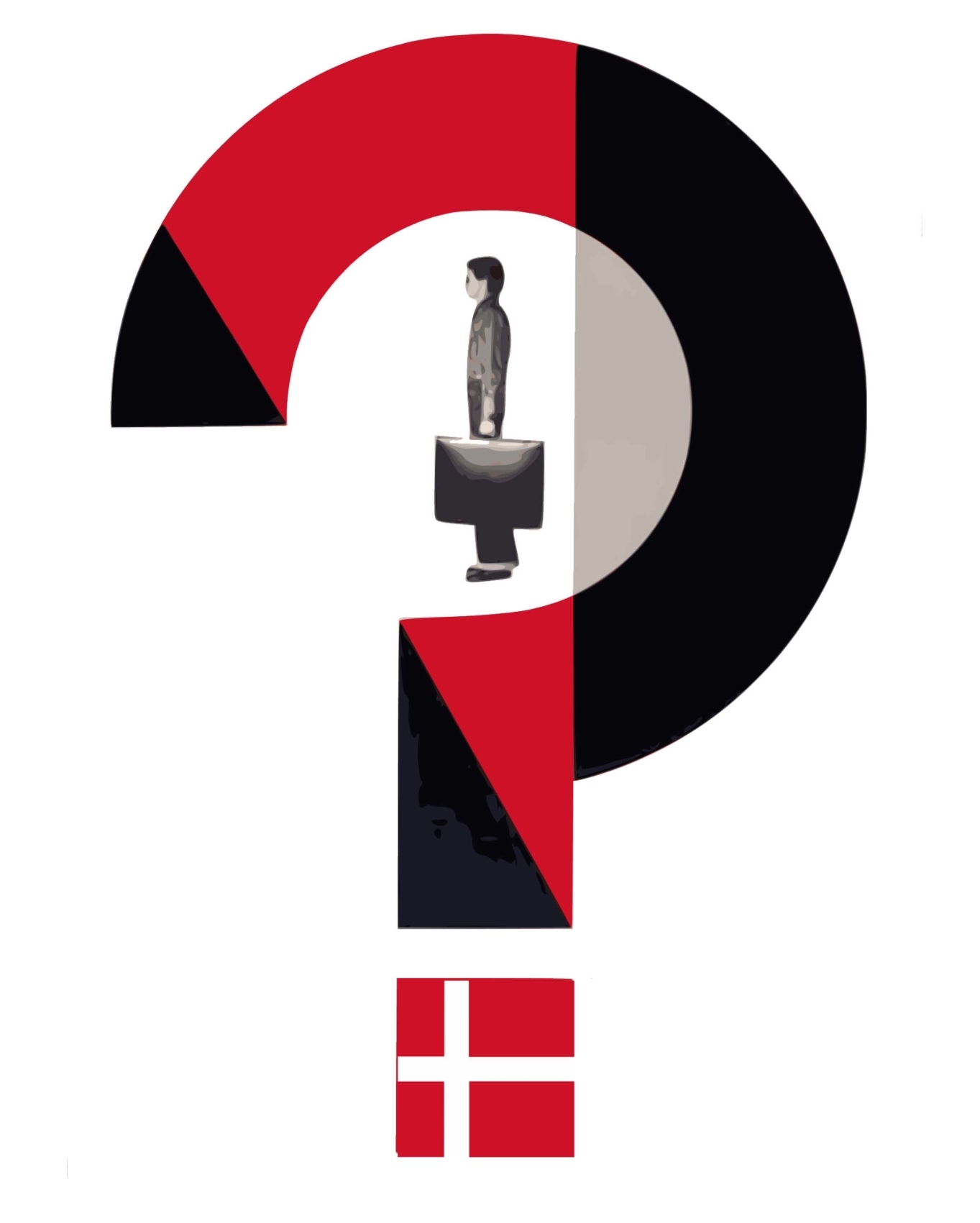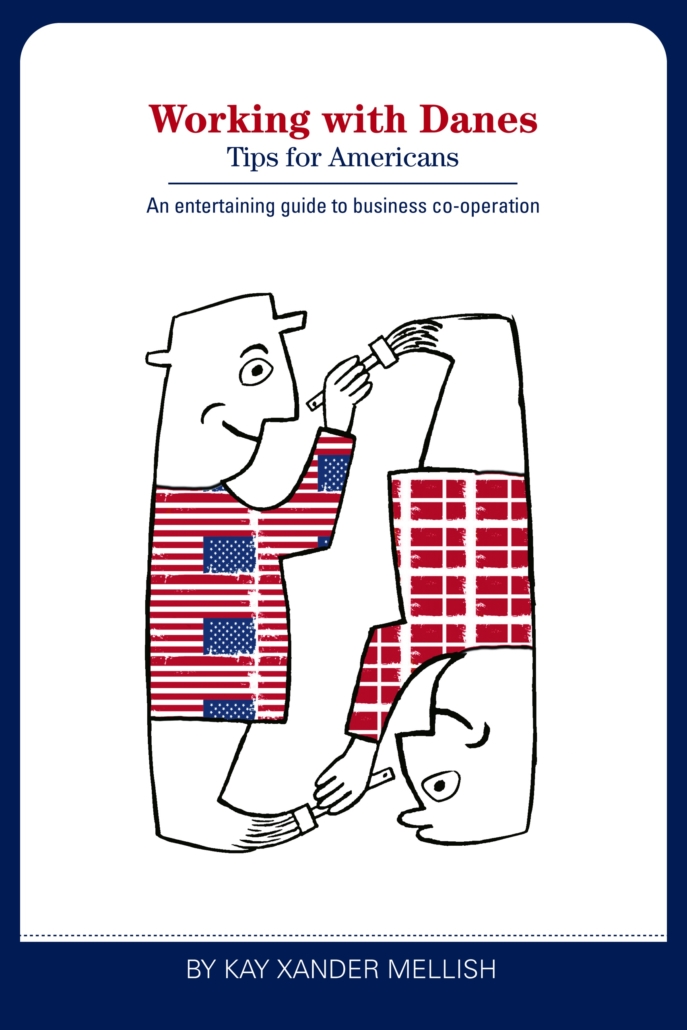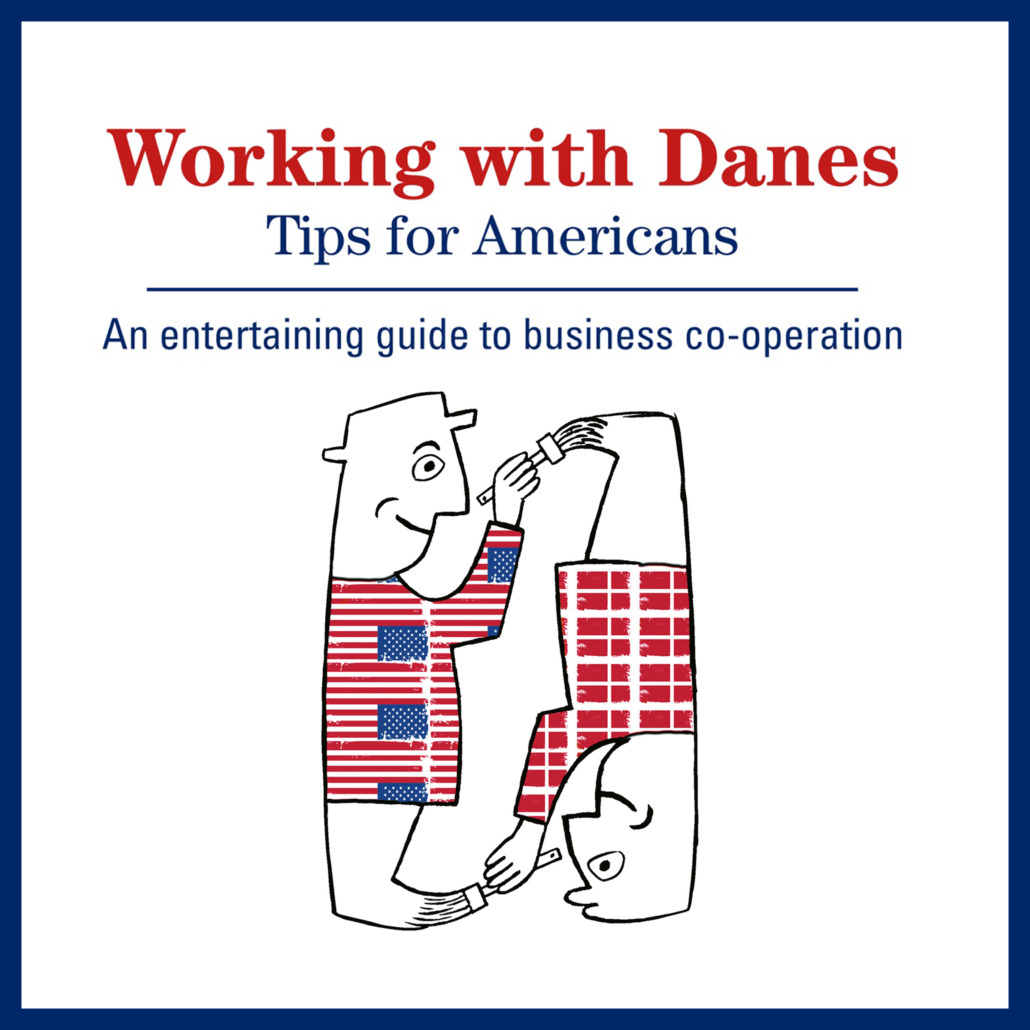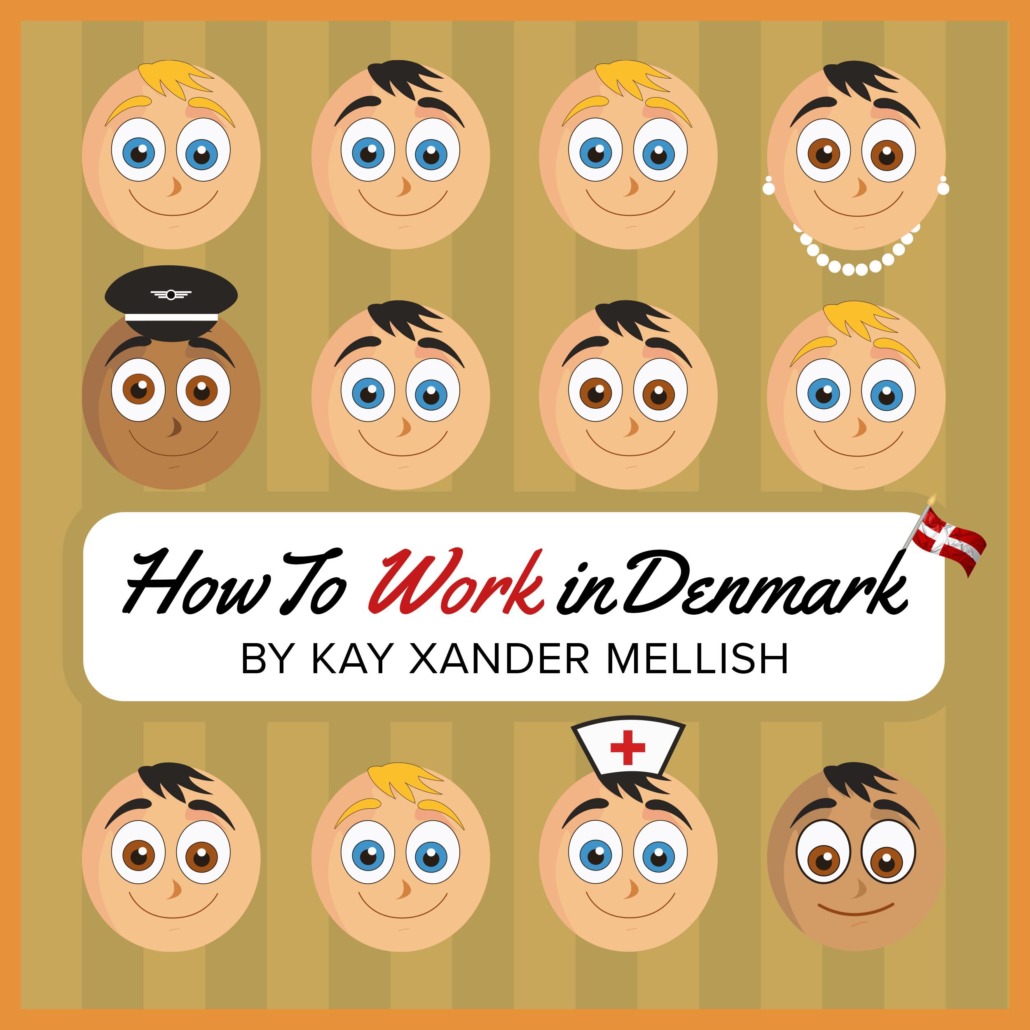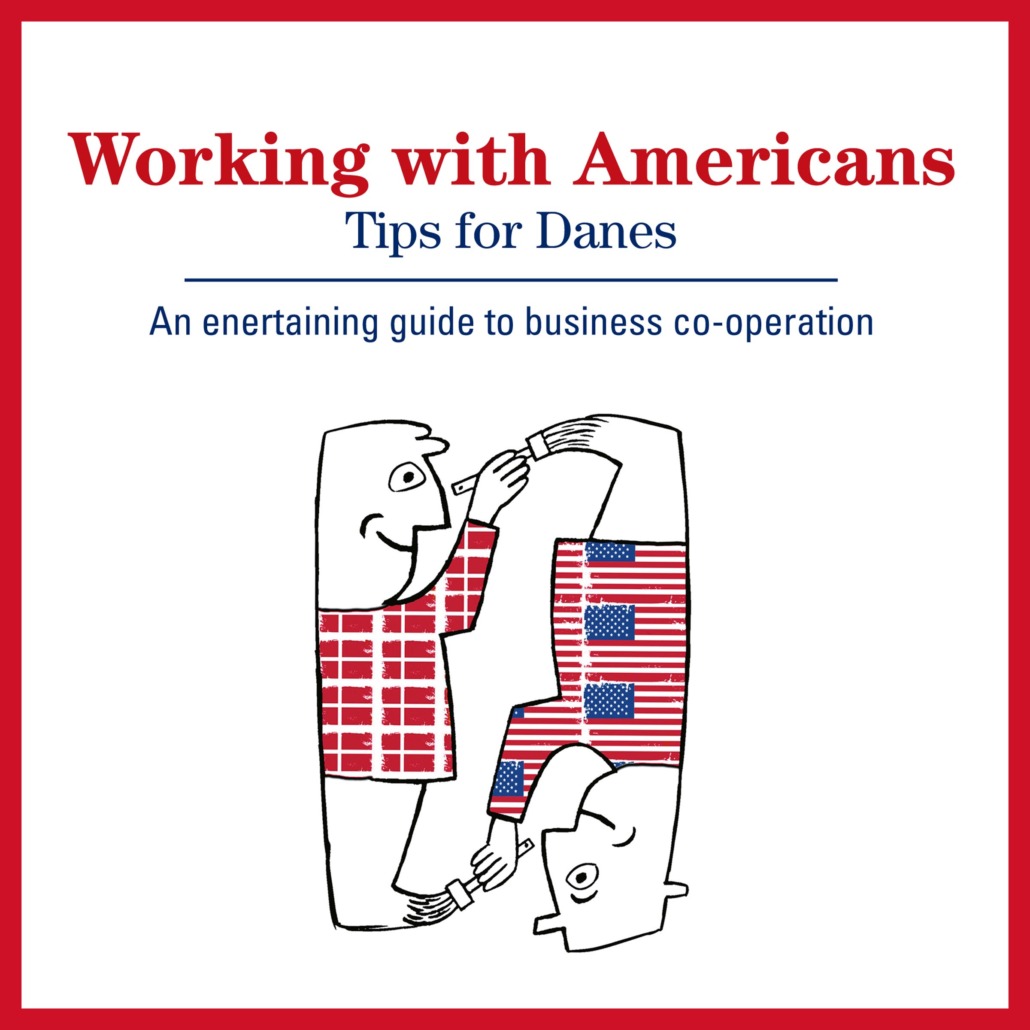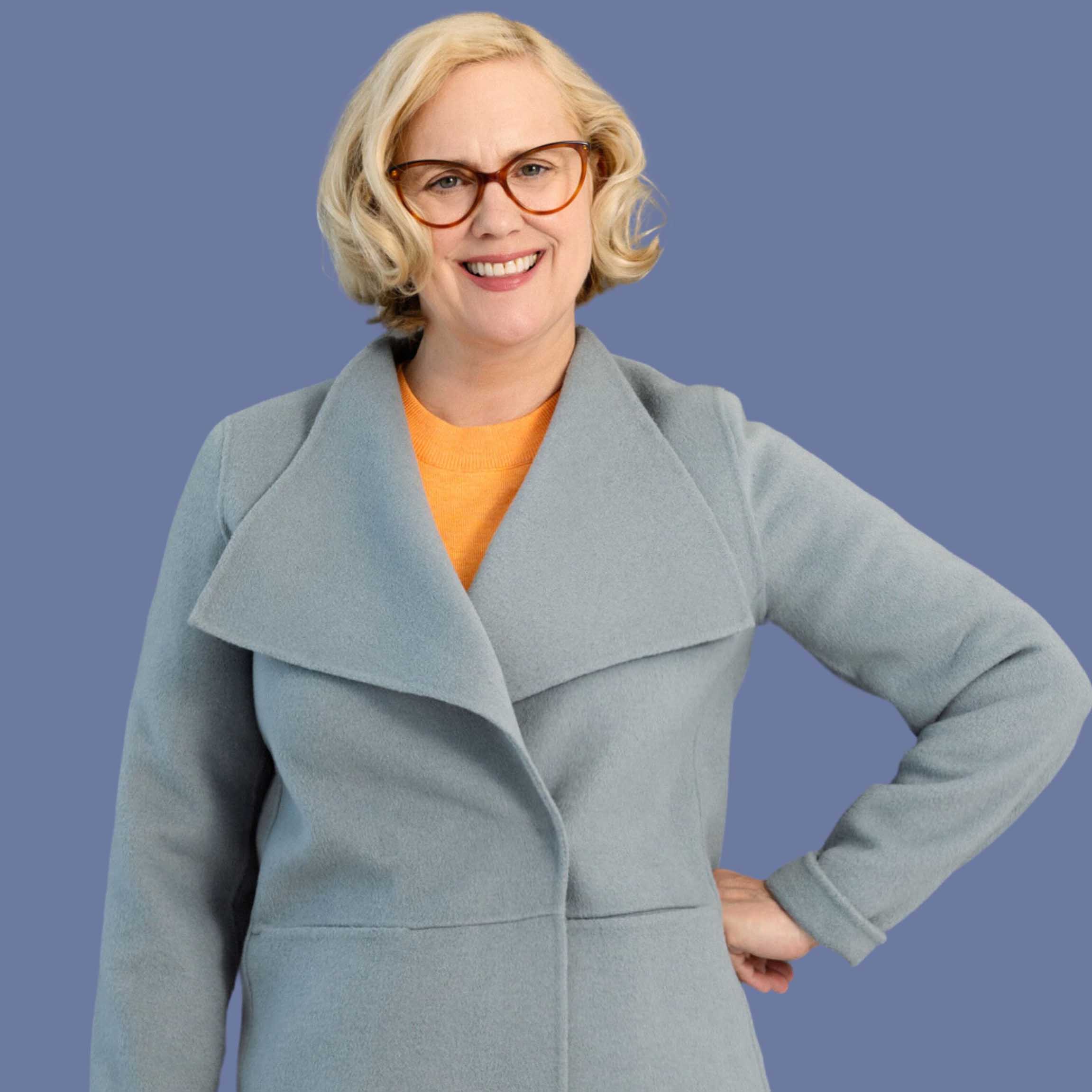Can you move to Denmark from the USA?
Yes, and here are some tips
Many Americans ask if it’s possible to move to Denmark from the USA.
The answer is: yes, it’s possible, but it isn’t easy.
A social welfare state
Denmark is a capitalist economy with a social welfare state. This means that Denmark’s taxes are among the highest in the world, but that services like basic health care and university tuition are tax-financed and free to the user.
In order to maintain the welfare state, every adult in Denmark with the ability to work outside the home and pay taxes needs to do so. There are very few stay-at-home parents in Denmark, even in well-off families.
While taxes pay for generous unemployment benefits when Danes lose their jobs, the government closely monitors the unemployed to make sure they are constantly looking for work.
Immigration and the welfare state
When it comes to immigration, Denmark favors immigrants who will be able to work, pay taxes, and help maintain the welfare state. If you are over retirement age or unable to work for some other reason, it could be difficult to move to Denmark.
You will need to get a visa to stay in Denmark beyond the visa-free tourist period – currently 90 days, unless you are an EU citizen. As a U.S. citizen, you will probably need to have a student visa or work visa.
Can Americans work in Denmark? Yes and no. It’s generally much easier to get a work visa if your job category is on the “positive list”, a constantly updated list of skill sets that are in short supply in Danish society. Most of the job categories are in engineering and IT, but some skilled blue-collar jobs are also on the list, such as carpenters and bricklayers.
Marrying a Dane, or having a child with a Dane, isn’t an automatic guarantee of being able to stay in Denmark.
Different lifestyle if you move to Denmark from the USA
Less stuff, more time
If you move to Denmark from the USA, your lifestyle will change. Danes work much shorter hours than Americans; the average work week is 37.5 hours, or roughly 7.5 hours per day, and workers really do go home when their shift is over.
In addition, Danes are guaranteed a minimum of five weeks of paid holiday per year.
However, you may miss some things in Denmark you have grown accustomed to in the US.
Denmark is a small country, and there is simply not very much wide-open space. Houses, apartments, and yards are generally much smaller in Denmark.
So are cars, and cars are extremely expensive. On a new car, you must pay a tax surcharge of between 80%-150% of the price of the car. Gasoline is around $8 a gallon, although electric cars are becoming popular.
You should purchase bicycles for everyone in your family as soon as you arrive in Denmark and get comfortable using mass transit like buses and trains. This is particularly true if you will be working in Copenhagen.
Book for Americans who want to move to Denmark
Tips on working with Danes
Get the book on Amazon, Apple Books, Google Play, or at our webshop.
In her book Working With Danes: Tips for Americans, author Kay Xander Mellish points out that because there is no cheap labor in Denmark, the restaurant and customer service experience is quite different.
Most restaurants close their kitchens at 9pm, and it is rare to dine out for breakfast or lunch.
In fact, restaurants and takeouts are an occasional treat for most Danish families, not a staple. And Denmark imposes a full 25% sales tax on food from the supermarket, so expect high prices there as well.
Most Danes cook their own food from scratch and do their own cleaning and gardening, even if they are near the top of the income scale.
In fact, a recent survey showed that Danish men did more housework than any other men in Europe.
Simple clothes and hair, little whimsy
The Danish “look” is also for simple clothing and hair, since no one has time for regular trips to the dry cleaner or the salon.
“When I meet people who plan to move to Denmark from the USA, I usually suggest that they simplify their style,” says Kay.
“For example, if they have a hairstyle that requires a lot of maintenance from a professional, they may want to find an alternate look.”
Danes generally prefer clothes in modest, subtle colors that match Danish nature – blue, brown, black, and grey. Fun or whimsical clothing is uncommon in Denmark.
Most of your Danish wardrobe should be warm, windproof, and waterproof to stand up to the unpredictable Danish weather.
Making friends can be the hardest part of your move to Denmark from the USA
You must work to build a network
One of the most common challenges Americans have when they move to Denmark from the USA is making new friends.
Danes make most of their lifelong friends when they are very young, so they are not always open to making new friends as adults. And Danish culture does not encourage the kind of casual conversations with strangers that you may be used to in the USA.
According to surveys of internationals living in countries all over the world, Denmark is one of the hardest places to make friends with locals. Even Danes who move from one part of the country to another often complain of loneliness.
Outgoing newcomers can build themselves a network with persistence, however. Meeting people at work or in Danish language classes is an option, and Danes usually encourage new arrivals to join “an organization” to meet people – a chorus, a running club, a knitting group, a political party, or a basketball or soccer team.


